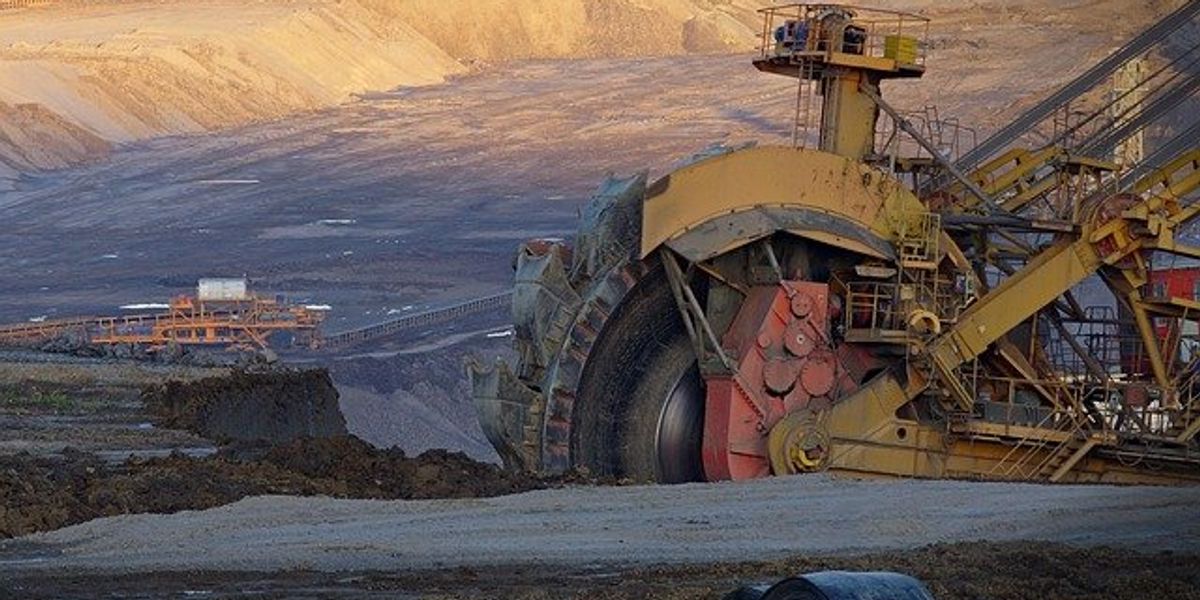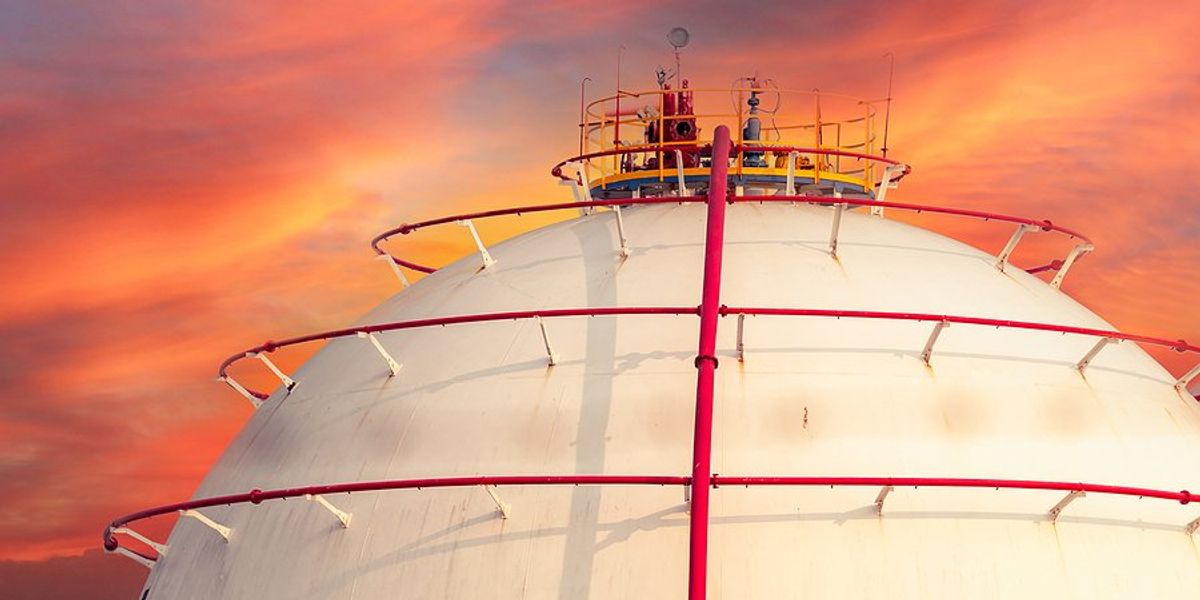tornado
Tornado hotspots shifting from Plains to Southeast, raising risks
A new study reveals tornado activity in the U.S. has moved from the Great Plains to the Southeast, increasing risks for denser populations and mobile home communities.
In short:
- Tornadoes have shifted from the Great Plains to the Southeast, especially southern Mississippi and Tennessee Valley.
- Higher population density and more mobile homes in the Southeast increase vulnerability to tornado damage.
- Researchers are unsure if this shift is permanent or a result of climate change and other atmospheric factors.
Key quote:
“If climate change is driving the changes in both regions, then we should expect the shift/changes to be rather permanent … or at least long-lasting.”
— Grady Dixon, professor and researcher specializing in tornado trends at Fort Hays State University
Why this matters:
The shift in tornado activity to the Southeast puts more people at risk, especially in areas with dense populations and vulnerable housing. States like Alabama, Mississippi, and Tennessee are increasingly becoming hotspots, and these areas often lack the same level of preparedness and infrastructure designed to withstand tornadoes as their Midwestern counterparts. Mobile homes, which are more common in the Southeast, are particularly vulnerable, offering little protection against the fierce winds and flying debris.
Tornado patterns shift due to climate change, experts advise on preparation
Climate change is altering tornado patterns in the U.S., leading experts to offer new preparation strategies for these unpredictable storms.
In short:
- Tornado season is shifting in location and timing due to climate change, with peaks now seen earlier in the year.
- States like Texas, Oklahoma, and Kansas are seeing fewer tornadoes, while Tennessee, Georgia, and upper Midwest states are experiencing more.
- Preparation involves staying informed through reliable sources like the National Weather Service and maintaining an emergency kit.
Key quote:
"We expect that the number of days in any given year that are favourable for tornadoes… are going to increase in the future and specifically increase earlier in the season."
— Victor Gensini, associate professor of meteorology at Northern Illinois University
Why this matters:
Research indicates that tornadoes are becoming more frequent and severe in areas outside the traditional Tornado Alley, including parts of the Southeast and Midwest. Factors such as warmer air temperatures and shifting jet streams contribute to these changes, making it more challenging to predict where tornadoes will strike next. This unpredictability poses a substantial risk to residents unfamiliar with tornado protocols, necessitating updated safety measures and public awareness campaigns.
Tornado forecasts are more accurate. Why aren't they saving more lives?
America's tornado warning system is a patchwork of municipal sirens, cell phone alerts, and radio and TV messages. But even as forecasting for dangerous storms improves, people who live in rural areas too often miss the life-saving warnings.
Tornado alley is expanding — and scientists don’t know why
Tornadoes are becoming more frequent in populated parts of the United States and are often occurring as damaging clusters — a development seen in recent deadly outbreaks from Alabama to Michigan.
Here's how climate change may be fueling tornadoes
Scientists find link between climate change and extreme tornadoes
A recent study is disrupting the conventional wisdom that there is no connection between climate change and deadly tornadoes, such as the ones that tore through Mississippi over the weekend.
Tornado hits Los Angeles County: Is climate change to blame?
California has experienced what’s known as “weather whiplash” throughout this year, as it’s endured days of intense rain and flooding after dealing with a severe drought.



















